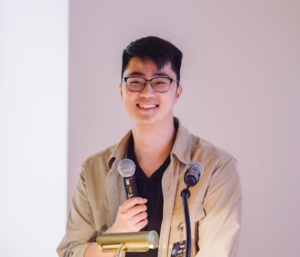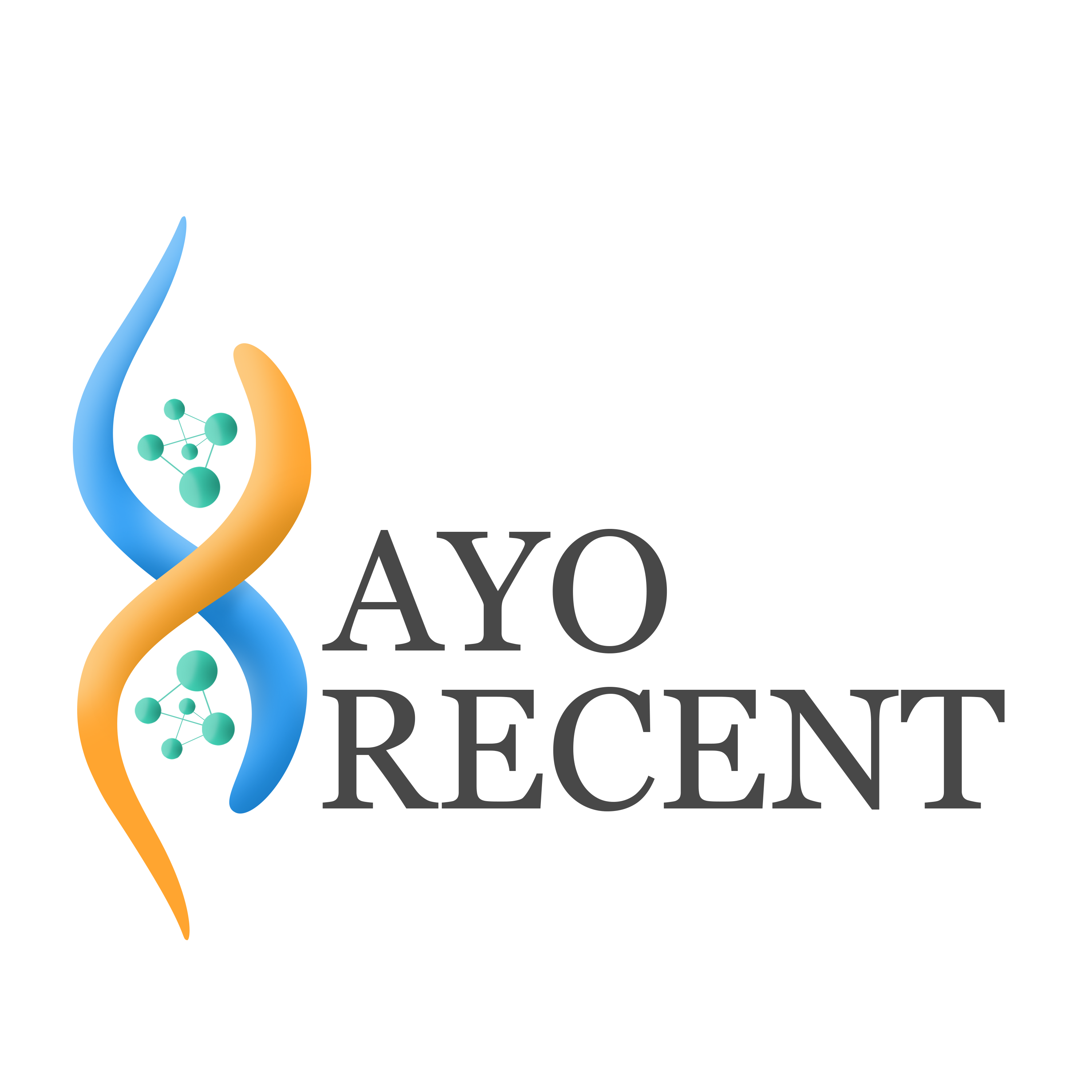Expanding Career Horizons: How the Gatsby Benchmarks Can Improve Higher Education Awareness in ASEAN
In many ASEAN countries, young people face limited access to career guidance and higher education awareness. Traditional university routes often dominate discussions, while vocational and alternative pathways receive less attention. This knowledge gap can lead to mismatched skills, limited career mobility, and rising dropout rates.
To address this, the Gatsby Benchmarks—a globally recognised framework for career guidance—offer a structured approach to improving student awareness of post-secondary options. Developed in the UK and updated in 2024, the benchmarks are now used in Hong Kong, Spain, and Norway, demonstrating their flexibility across different educational and cultural contexts (Gatsby Foundation, 2024).
This article explores Gatsby Benchmark 7: Encounters with Further and Higher Education, which ensures that students have meaningful interactions with a wide range of education providers. By learning from successful international adaptations, ASEAN can develop a more inclusive and future-ready career guidance system.
The Gatsby Benchmarks: A Global Framework for Career Guidance
The Gatsby Benchmarks provide a structured approach to career education in schools. They include eight key areas, ensuring that students receive a well-rounded understanding of career options (Gatsby Foundation, 2024a):
- A Stable Careers Programme: Schools must have a structured careers strategy.
- Learning from Labour Market Information: Students should access up-to-date career insights.
- Addressing the Needs of Each Student: Career guidance should be tailored to individual aspirations.
- Linking Curriculum Learning to Careers: Subjects should connect to real-world jobs.
- Encounters with Employers: Students should engage with industry professionals.
- Experiences of Workplaces: Work experiences should help students explore different fields.
- Encounters with Further and Higher Education: Students must be exposed to diverse education pathways.
- Personal Guidance: Every student should receive one-on-one career counselling.
Gatsby Benchmark 7: Why It Matters for ASEAN
Encounters with Further and Higher Education ensures that all students, regardless of background, are exposed to a variety of post-secondary options. These include:
- Universities (local and international)
- Vocational and technical training institutes (TVET)
- Apprenticeships and industry training centres
This exposure is critical in ASEAN, where many students default to university pathways due to limited awareness of alternative career routes.
Key Challenges in ASEAN’s Higher Education Awareness
Despite economic progress, ASEAN continues to face structural barriers to career guidance, many of which were explored in our previous article on the OECD Youth Policy Toolkit and Pillar II – Skills and Competencies. These persistent challenges include:
- Narrow career choices: 42% of ASEAN graduates work in fields unrelated to their studies due to misaligned education systems (ASEAN Secretariat, 2024).
- Lack of career guidance: Over 60% of ASEAN secondary school students do not have access to structured career counselling (UNESCO, 2025).
- Financial barriers: Tuition fees in ASEAN’s top universities have increased by 15-20% over the past decade, limiting access for low-income students (ASEAN Secretariat, 2022).
- Urban-rural disparities: In countries like Indonesia, only 30% of rural youth have access to high-speed internet, restricting digital career exploration (ASEAN Secretariat, 2022).
Implementing Gatsby Benchmark 7 could help ASEAN bridge these gaps by expanding awareness of diverse career and education pathways.
How ASEAN Can Implement Gatsby Benchmark 7: Learning from International Models
Countries outside ASEAN have successfully adapted the Gatsby Benchmarks to suit their education systems (Gatsby Foundation, 2024b). The table below summarises three international case studies and potential ASEAN adaptations:
Country | Adaptation of Gatsby Benchmarks | Impact | Lessons for ASEAN |
Hong Kong | Developed Hong Kong Benchmarks for Career and Life Development (HKBMs), adding parent engagement as a key criterion. | Reached 30,000 students, trained 4,000 teachers, and increased parental involvement. | ASEAN should integrate family engagement in career planning to help them to break down their traditional views and stereotypical attitudes about different career paths. |
Spain | Created the Xcelence Model, incorporating career guidance into all secondary school levels. | 200 schools in Madrid and 100 schools in Catalonia have adopted the framework. | ASEAN should provide a self-assessment tool that allows schools to track their career guidance progress using quantitative benchmarks and compare results nationally. |
Norway | Adopted the UK Gatsby Benchmarks without modifications, ensuring every student receives career counselling. | Recognised by policymakers as a national career guidance standard. | ASEAN should consider a multi-stakeholder approach with policymakers, county councils, educators, career counsellors, career leaders, and employers. |
With reference to a comparative analysis by the Gatsby Foundation (2024b), the adoption of the Gatsby Benchmarks in Hong Kong, Spain, and Norway highlights their flexibility and global relevance in career guidance. While Norway implemented the original benchmarks, Spain and Hong Kong adapted them to fit local education systems, expanding to 10 benchmarks to reflect cultural needs. A key challenge across all countries was aligning benchmarks with existing education policies, particularly in gaining parental and employer engagement. However, employer participation has increased, and countries are developing data-tracking tools to measure student career readiness. Spain and Norway have also introduced a careers leader role, similar to England, to drive implementation. These insights show that ASEAN could adapt the benchmarks to local contexts while leveraging structured employer engagement and parental involvement to strengthen career education.
Proposed Implementation Strategies for ASEAN
To successfully integrate Gatsby Benchmark 7, ASEAN governments and schools could:
- Expand University and TVET Outreach in Schools
- Establish formal partnerships between schools and education providers.
- Encourage vocational and technical colleges to conduct career fairs and industry talks.
- Increase Funding for Career Exposure Programmes
- Provide financial aid for students from low-income backgrounds to attend campus visits.
- Develop virtual platforms for career exploration in rural areas.
- Engage Parents and Communities
- Organise career awareness events involving parents and community leaders.
- Address stereotypes around non-university education paths.
- Leverage Data for Career Guidance
- Track student career choices and education pathways.
- Identify gaps in post-secondary education awareness to target interventions.
Conclusion: A Call to Action for ASEAN Policymakers
Expanding higher education awareness is essential for ensuring equal opportunities for ASEAN youth. By adapting Gatsby Benchmark 7, ASEAN can:
- Enhance student exposure to diverse career pathways.
- Reduce barriers to higher education and vocational training.
- Help young people make informed career decisions.
The OECD Youth Policy Toolkit and Gatsby Benchmarks provide practical solutions that ASEAN governments can use to develop inclusive career guidance systems. By learning from Hong Kong, Spain, and Norway, ASEAN can design a roadmap for career guidance that meets its unique educational needs.
References
ASEAN Secretariat (2022). ASEAN Roadmap 2025 to Realise a Common Higher Education Space in Southeast Asia. https://asean.org/asean-roadmap-2025-to-realise-a-common-higher-education-space-in-southeast-asia/
ASEAN Secretariat (2024). The State of Higher Education in Southeast Asia. https://asean.org/wp-content/uploads/2023/08/The-State-of-Higher-Education-in-Southeast-Asia_11.2022.pdf
Gatsby Foundation (2024a). The Gatsby Benchmarks: Good Career Guidance for the Next 10 Years. https://www.gatsbybenchmarks.org.uk/
Gatsby Foundation (2024b). Gatsby Good Career Guidance: Appendix 6 – International Case Studies. https://www.gatsbybenchmarks.org.uk/app/uploads/2024/11/gatsby-good-career-guidance-appendix-6.pdf
UNESCO (2025). ASEAN Policy Forum sets the stage for Higher Education Transformation. https://www.unesco.org/en/articles/asean-policy-forum-sets-stage-higher-education-transformation

Sarah Lean
Head of International Policy Engagement, AYO recent

Cameron Tan
Director of Research, AYO Recent
About the Author
In 2024, the ASEAN Youth Organization (AYO) was selected as a steering organization for the OECD YOUNG Programs, amplifying youth voices in global policy discussions. As part of our ongoing series on the OECD Youth Policy Toolkit, this article focuses on the Gatsby Benchmarks under Pillar II – Skills and Competencies, which addresses how governments can equip young people with the education, training, and career guidance they need to thrive in a changing world.
This article was prepared by the ASEAN Youth Organization Research Centre: Sarah Lean, Head of International Policy Engagement, and Cameron Tan, Director of Research. While the Toolkit itself was developed by the OECD, this article aims to make its key messages accessible to Southeast Asian youths. It reflects AYO’s mission to empower young people with knowledge and tools to shape their future.
